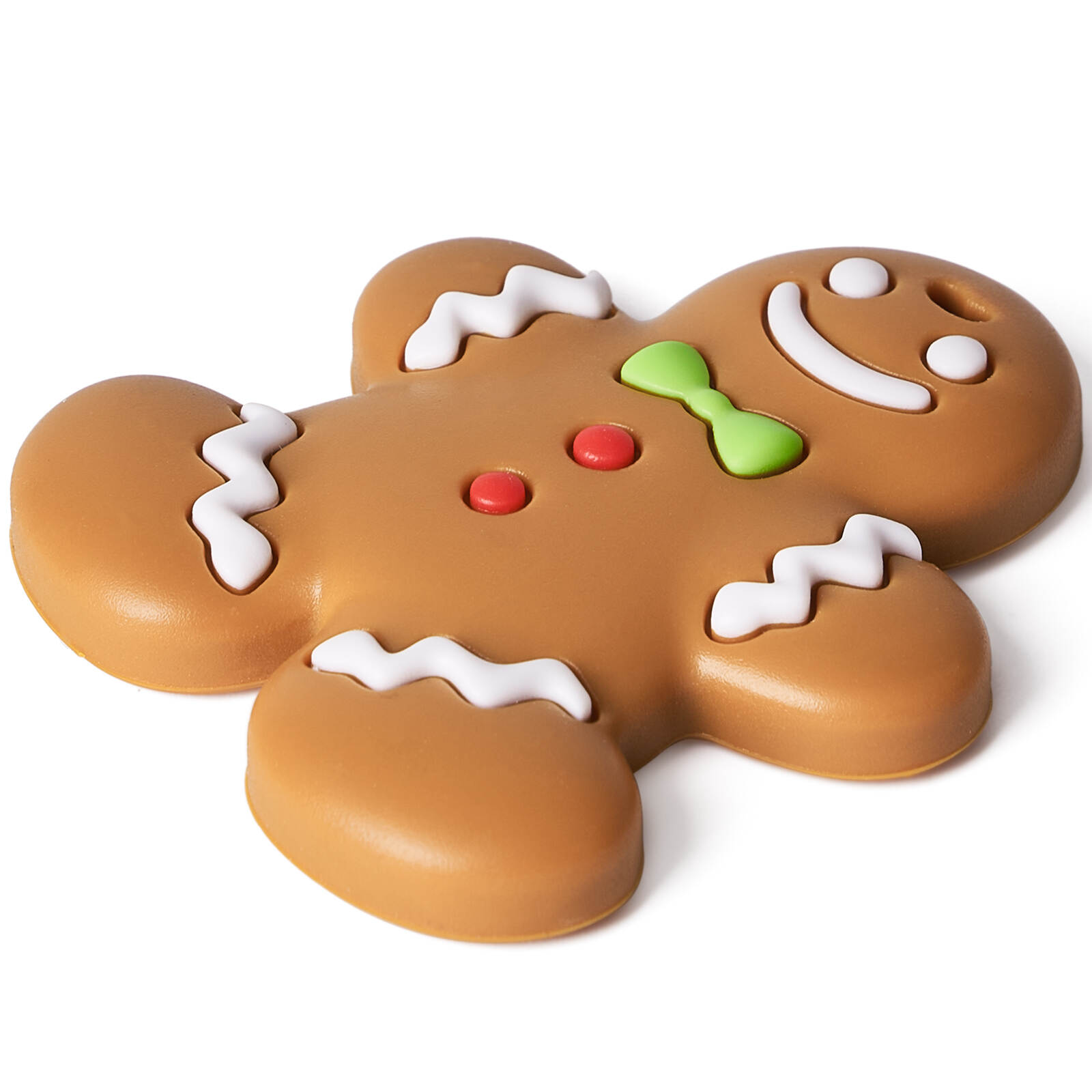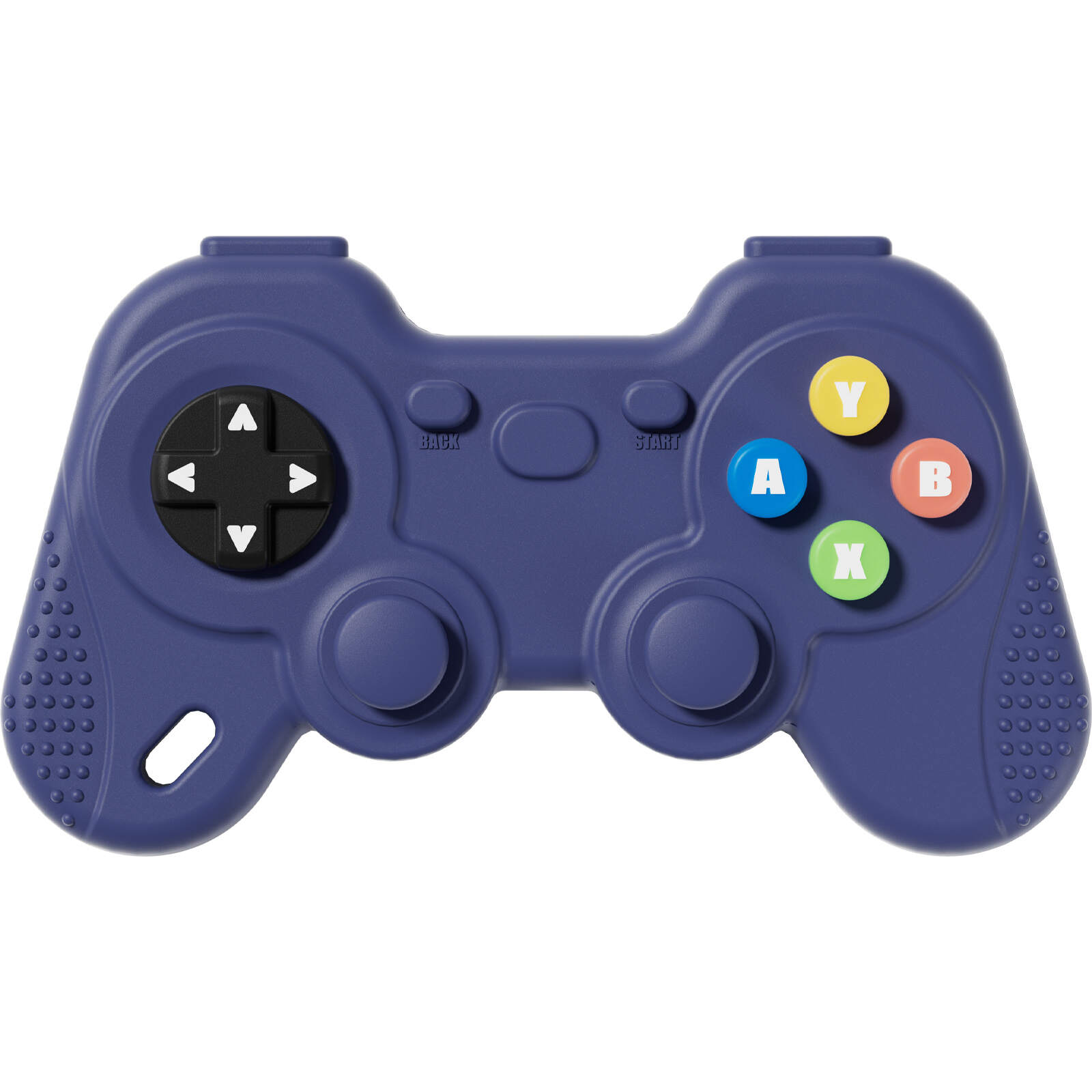Language


Teething is a critical developmental phase that all infants go through, often marked by discomfort and restlessness. As parents search for ways to alleviate their baby’s pain, chewbox teethers have emerged as a popular and scientifically-backed solution. This article aims to explain the science behind teething, the materials and safety of chewbox teethers, and their role in sensory and oral development, providing a deeper understanding of why chewbox teethers are an excellent choice for infants.
The Biology of Teething: What’s Happening in a Baby’s Mouth?
Teething, also known as odontiasis, typically begins between 4 and 7 months of age, though this can vary. During teething, a baby’s teeth start pushing through the gums, a process driven by biological and hormonal factors. Babies are born with a full set of teeth, called primary teeth, which begin forming in utero. As the teeth move towards the surface, they break through the gum tissue, leading to swelling, discomfort, and irritability.
The pressure of the emerging teeth on the gums activates nerve endings, causing pain. This explains why babies often seek relief by chewing on objects—pressure from chewing can help counteract the pain by stimulating other nerves and increasing blood flow to the gums.
Symptoms of Teething
- Excessive drooling: This is a natural reaction to gum stimulation.
- Irritability: Babies may become fussy due to the discomfort.
- Chewing behaviors: Babies instinctively chew to relieve gum pressure.
- Swollen gums: The gum tissue around the emerging teeth becomes inflamed.
How Chewbox Teethers Help Alleviate Teething Pain
Chewbox teethers are specifically designed to address the discomfort caused by teething. The science behind their effectiveness lies in their material properties, shape, and texture, all of which are engineered to soothe the gums.
Counterpressure and Gum Relief
Chewing on a teether applies counterpressure on the gums, which helps soothe the baby’s discomfort. The pressure alleviates pain by increasing blood circulation to the affected area, speeding up the healing process and helping teeth break through the gum line more easily.
Textured Surfaces for Sensory Stimulation
The textured surfaces on chewbox teethers provide additional relief by gently massaging the gums. These textures, which can range from small ridges to nubs, stimulate different parts of the gums and provide a soothing sensation that can distract from the pain.
Cooling Effect
Some chewbox teethers can be refrigerated, and the coolness adds an extra layer of relief. Cold temperatures help reduce inflammation and numb the gums, similar to how cold compresses work on sore muscles.
The Science of Teether Materials: Are Chewbox Teethers Safe?
The materials used in teething products are critically important, as they need to be safe for babies to chew on for extended periods. Chewbox teethers are made from food-grade, BPA-free silicone and other non-toxic materials. Silicone, in particular, is highly durable and resistant to bacterial growth, making it an ideal material for items that will spend a lot of time in a baby’s mouth.
BPA and Phthalate Concerns
BPA (Bisphenol A) and phthalates are chemicals commonly found in plastics, which can interfere with endocrine function and pose health risks, especially to developing infants. Chewbox teethers are manufactured without these harmful substances, adhering to international safety standards that ensure baby products are safe for oral use.
Durable and Long-Lasting
Silicone-based chewbox teethers are highly durable, making them resistant to biting and tearing, reducing the risk of choking hazards. They also retain their shape even after extensive use and repeated sterilization.
How Chewbox Teethers Contribute to Sensory and Oral Development
Beyond providing pain relief, chewbox teethers play an essential role in a baby’s early sensory and motor development. The process of chewing stimulates the jaw muscles, encouraging healthy oral motor skills that are crucial for speech development later in life.
Developing Fine Motor Skills
Chewbox teethers are designed with easy-to-grasp shapes, encouraging babies to develop their hand-eye coordination and fine motor skills. These skills are essential as they form the foundation for future tasks such as holding utensils, writing, and other intricate movements.
Stimulating the Senses
The various textures, shapes, and colors stimulate multiple senses. Babies explore objects through touch and taste, and chewbox teethers provide a safe way for them to experience different tactile sensations, helping their brains make connections between physical stimuli and their sensory responses.
Preparing for Solid Foods
The act of chewing on teethers strengthens the jaw and promotes tongue movement, which is crucial for transitioning to solid foods. By using chewbox teethers, babies learn how to manipulate objects with their mouths, a skill that is essential for safe and effective feeding.
Debunking Common Teething Myths
Teething is surrounded by many misconceptions, some of which may cause unnecessary concern for parents. Here are some common myths debunked:
Myth 1: Teething Causes Fever
Although some babies might experience a slight increase in temperature during teething, it should not cause a true fever. If your baby has a high fever, it is likely due to another cause, and you should consult your pediatrician.
Myth 2: Teething Causes Diarrhea
While teething increases saliva production, which can lead to looser stools, it does not directly cause diarrhea. Severe diarrhea should be addressed by a healthcare professional.
Myth 3: Hard Teethers Are Better
This is false. Hard teethers can be too harsh on a baby’s sensitive gums and may cause more discomfort than relief. Chewbox teethers, made from soft and flexible silicone, are ideal because they provide just the right amount of pressure without being too hard.
How to Choose the Right Chewbox Teether
Choosing the right teether involves several factors, including safety, functionality, and your baby’s personal preferences.
1. Safety First
Always choose a chewbox teethers supplier who complies with international safety standards. Look for certifications that guarantee the product is BPA-free, non-toxic, and free from small parts that could pose a choking hazard.
2. Texture Variety
Babies may respond differently to various textures, so choosing a teether that offers a range of surfaces can be beneficial. Chewbox teethers come with multiple textures that provide diverse sensations, keeping babies engaged while soothing their gums.
3. Size and Shape
Teethers should be small enough for babies to hold but large enough that they can’t accidentally swallow them. The ergonomic design of chewbox teethers ensures that they are easy to grip, helping babies build motor skills.
NCVI and Trusted Teether Suppliers
When looking for safe and reliable teething products, one brand that stands out is NCVI. Known for their commitment to safety and quality, NCVI products, including chewbox teethers, adhere to strict manufacturing standards. Purchasing from reputable suppliers like NCVI ensures that you are providing your baby with a safe and effective teething solution.

Conclusion
Teething is a natural yet challenging phase for babies, but with the right tools, it can be managed effectively. Chewbox teethers offer a scientifically-backed solution that not only alleviates pain but also supports a baby’s sensory and motor development. By choosing a high-quality teether made from safe materials, such as those from NCVI and other trusted suppliers, parents can help their babies navigate teething with comfort and confidence.
With a focus on safe, functional design and developmental support, chewbox teethers are a vital tool for any parent looking to ease their baby’s discomfort and promote healthy growth.
Email cannot be empty
Password cannot be empty
Email format error
Email cannot be empty
Email already exists
6-20 characters(letters plus numbers only)
The password is inconsistent
Email format error
Email cannot be empty
Email does not exist
6-20 characters(letters plus numbers only)
The password is inconsistent